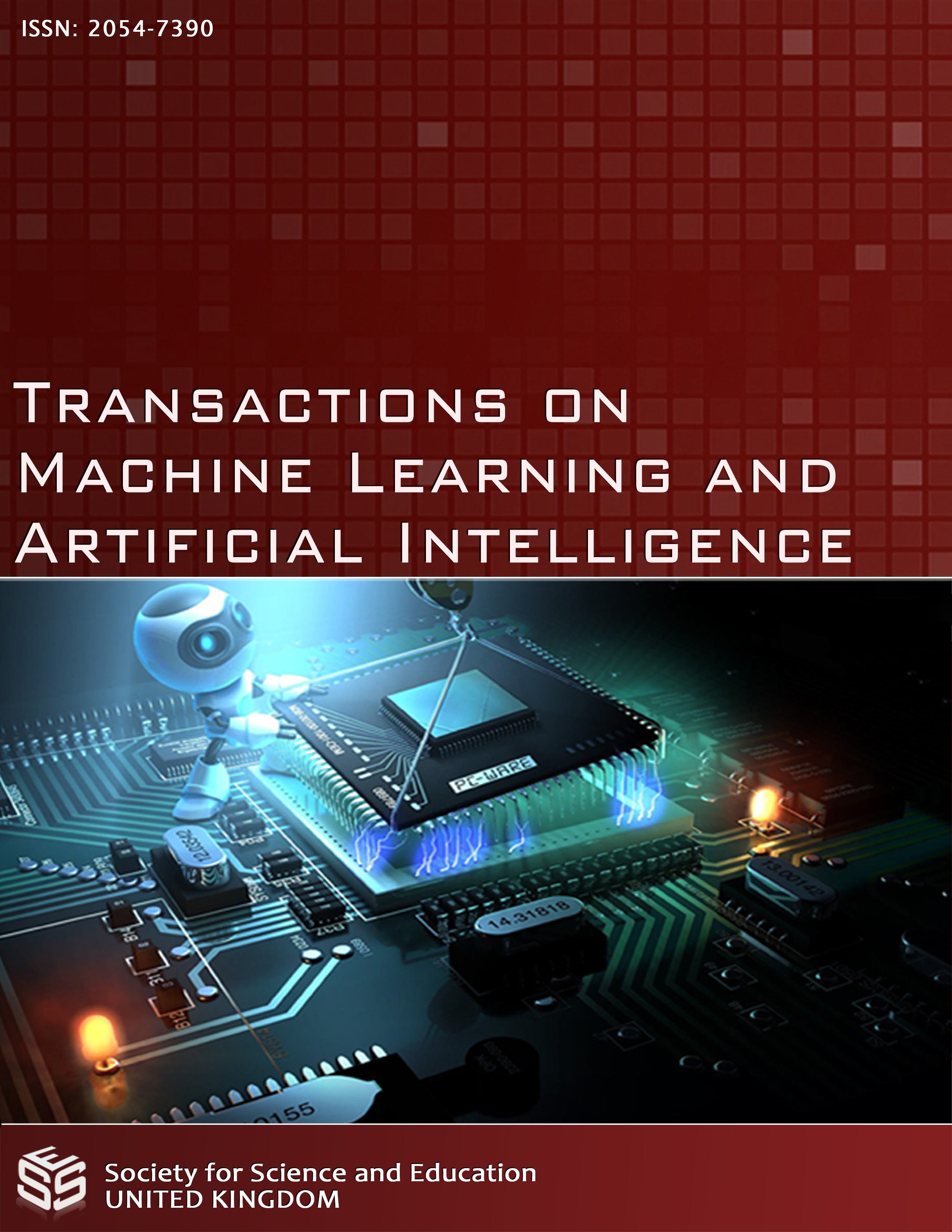Classification of Imbalanced Data Stream: Techniques and Challenges
DOI:
https://doi.org/10.14738/tmlai.92.9964Abstract
As the number of generated data increases every day, this has brought the importance of data mining and knowledge extraction. In traditional data mining, offline status can be used for knowledge extraction. Nevertheless, dealing with stream data mining is different due to continuously arriving data that can be processed at a single scan besides the appearance of concept drift. As the pre-processing stage is critical in knowledge extraction, imbalanced stream data gain significant popularity in the last few years among researchers. Many real-world applications suffer from class imbalance including medical, business, fraud detection and etc. Learning from the supervised model includes classes whether it is binary- or multi-classes. These classes are often imbalance where it is divided into the majority (negative) class and minority (positive) class, which can cause a bias toward the majority class that leads to skew in predictive performance models. Handles imbalance streaming data is mandatory for more accurate and reliable learning models. In this paper, we will present an overview of data stream mining and its tools. Besides, summarize the problem of class imbalance and its different approaches. In addition, researchers will present the popular evaluation metrics and challenges prone from imbalanced streaming data.






